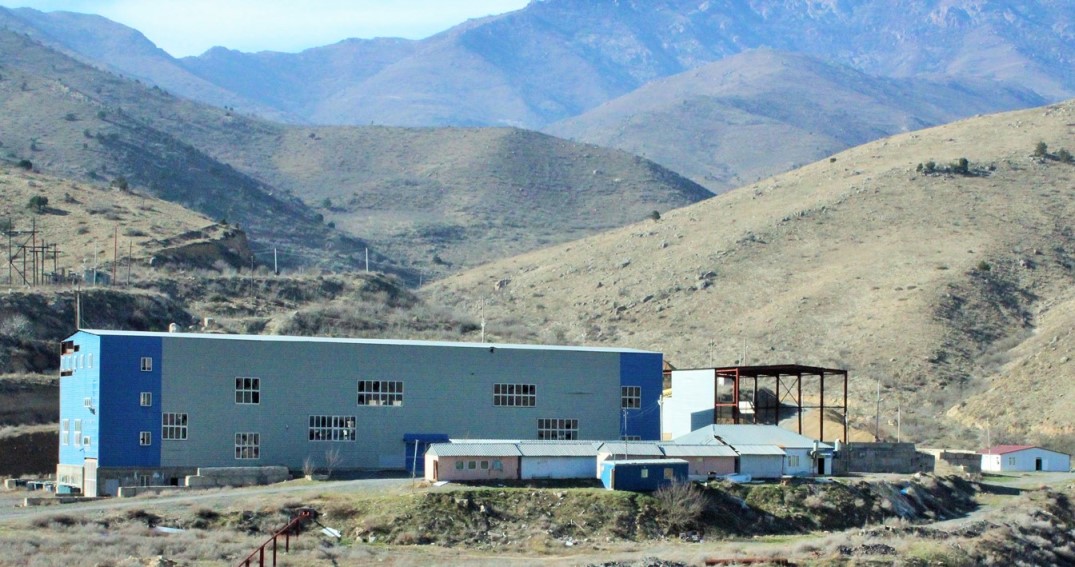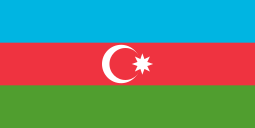
Ruins in gold - Vejnali
06 February 2021

‘The village consisting of only 21 houses is totally destroyed and most of the trees have dried up.’
Zakir Allahverdiyev talks about the devastated village of Vejnali in Zangilan, where its property was stolen and taken away (you can watch a
‘As soon as I finished school, in 1981, I started working at the Vejnali gold deposit. I joined the army two years later, but returned in 1985. We were digging canals, taking samples of rocks in different zones and sending them to the laboratory to study their composition.’
There is a long way from Jabrayil to Vejnali. First comes Mammadbeyli, the village of Zangilan, which is famous for its shrines and temples. The straight road leads to the district center, and we cross the bridge to Minjivan settlement, leaving behind the villages of Baharli, Dallakli, and Gargulu, that is not even indicated on the map, Bartaz station and the old Amirkhanli, once built by shahseven. From here a road takes to Agbend on the banks of the Araz River, while we turn to the mountains, moving towards Vejnali.
The Vejnali field was discovered in 1959-1962. In 1962-1971, 1976-1981 and 1983-1984, intermittent geological prospecting and exploration work was carried out here, and in 1984 the field was approved by the Local Resources Commission and included in the Field Balance on Mineral Resources Reserves of the Republic of Azerbaijan.
Zakir Allahverdiyev says that at the time of the occupation there was no production here:
‘In the 80s of the last century, the area was inspected and it was decided to build a factory in the village. The plan was to build it near a bridge in the distance and use the water of the Araz River to wash the rocks. The equipment would be brought from Leningrad (now St. Petersburg-ed.). After the occupation, the Armenians built the current factory in the pastures of the villagers, using the water of springs in the mountains for washing. The electricity was taken from Jabrayil to light the poles inserted till the mountains in the back side of the factory.’
Zakir Allahverdiyev, who currently works as a technician at a company in Baku, says he wants to work at the Vejnali gold mine.
The Armenian army named the field in the occupied Vejnali as Tondirget. It was operated by Gold Star, a company headed by Swiss and Armenian citizen Vartan Sirmakesh. There is a lot of material about this plant in the Armenian press. In October 2014, the leadership of unrecognized Nagorno-Karabakh visited the Zangilan gold factory and thanked philanthropist Vartan Sirmakesh. Being one of the most active representatives of the Diaspora, Sirmakesh is the Honorary Consul of Armenia in Marseille, France. In addition, he is a co-founder of the famous watch company Franck Muller Group. Even the official website of the watch company states that he was born in 1956 in Constantinople (not in Istanbul, but in Constantinople-ed.).
The Baku Nasimi District Court has ordered the arrest of Sirmakesh, accused of public incitement against the Azerbaijani state, illegal crossing of the state border and illegal entrepreneurship, and placed on the international wanted list in 2015.
Finally, we reach the final point of our visit to the Vejnali gold factory in Zangilan, liberated on October 20, 2020, with the goal to prepare a photo report for you (pictures below-ed.).












